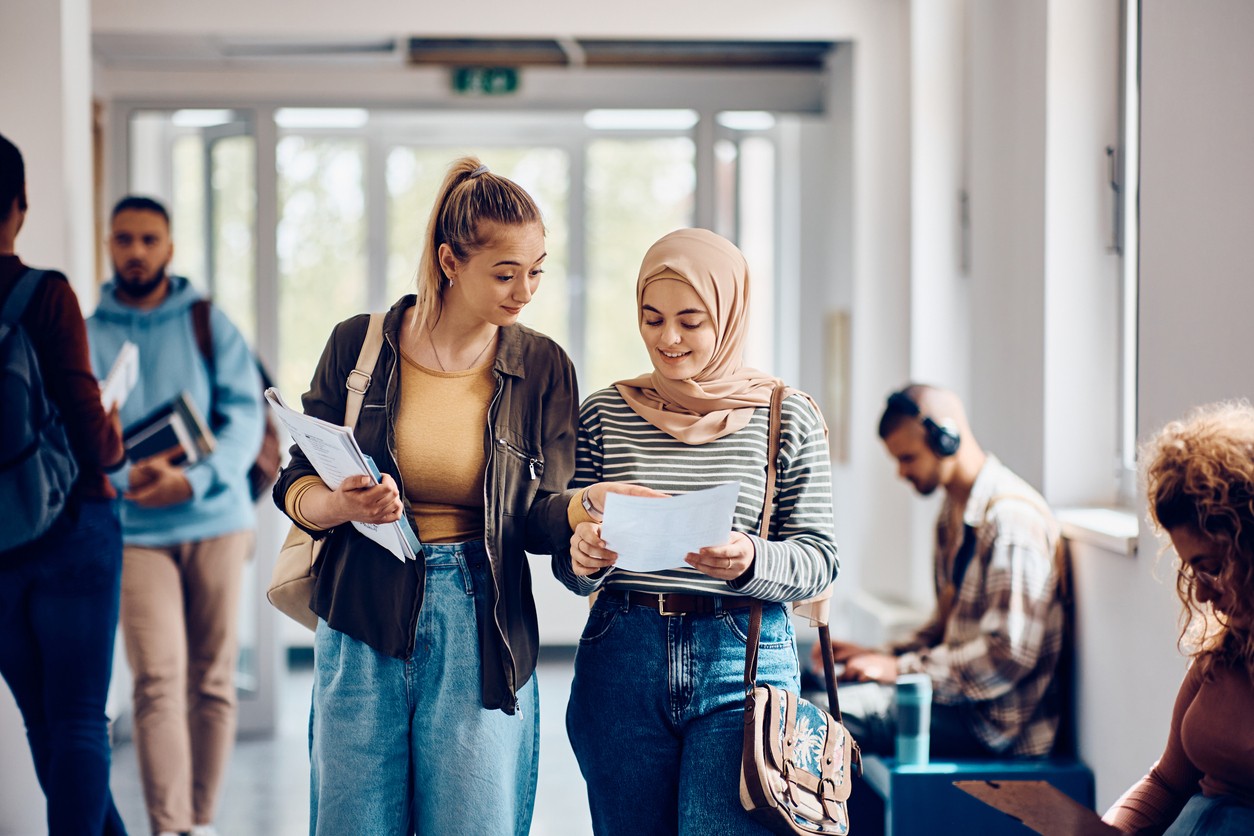Doing high school with students, not to them
High schools are where futures are made, where teens build skills and develop mindsets to prepare them for young adulthood, college, jobs, and community life. Over the next month, about 3 million young people across the U.S. will take their next steps toward their future as they get their high school diplomas.
As we send them off, we wonder, have we set them up for success? How can we ensure that the young people coming up behind them get what they need from their high school experiences? How do we make sure there are fewer stories of young people for whom the traditional high school journey has not worked and more stories of young people who see themselves and their interests in their studies, who are challenged and engaged and keep showing up and are clear on the answers to some of their common questions like, “Why am I learning this? How will I use it in real life? Why should I care?”
At the Center for Public Research and Leadership (CPRL) at Columbia University, our recent research with the Center on Reinventing Public Education (CRPE) offers clues for how high schools can ensure rigor and excellence while accounting for each student’s individual passions and goals. Through our study, we observed schools and systems working to do school with students, rather than to them. We saw schools considering how to shift away from the typical one-size-fits-all approach to high school and instead build each student’s capacity to discern what success means for them and to take a lead in designing their own path to get there.
Of course, adopting innovations like these is not easy. Nor is sustaining them. Schools in our study that have been working for years to shift mindsets, practices, and systems toward a more student-centered high school experience showed us what we at CPRL have seen time and again through our research and partnerships with leaders across the education sector: Making and sustaining change requires building a systemic capacity for learning and adapting strategies over time. This systematic approach to continuous improvement allows schools and school systems to be more nimble as the needs of students and teachers rapidly evolve with economic, social, and technological changes.
Consider how we saw this happening in high schools in big and small ways, by gathering feedback from students, families, and staff and using it to improve: When staff at one of the high schools in our research noticed the heightened stress among students and concerns about lack of student autonomy, teachers and counselors began holding frequent one-on-one meetings with students and families. School leaders used feedback from meetings like these to better address students’ developmental needs, rhythms, and preferences. They adjusted schedules by doubling the time between classes and offering occasional flex days with activities focused on leadership, well-being, tutoring, and post-secondary planning. Students told us these changes gave them more time to seek out extra help from teachers, build skills and knowledge beyond traditional academic content, and decompress and recharge. An administrator at one school that made these kinds of schedule shifts said these changes brought “the blood pressure and the tempo of the building down,” improved student engagement, and strengthened teacher-student relationships.
Another school created the opportunity for students to build credit-bearing personalized learning experiences by identifying a subject and recruiting a teacher advisor to co-design a course of study that includes hands-on learning with community partners. For one such course on computer technical support, the student's advisor helped the student identify a local government partner in need of this support and arrange a partnership that benefitted the government partner and the student.
When some high school leaders in New England wanted to use data through a statewide network’s data hub to better identify and support struggling students and close postsecondary readiness gaps, they worked with teachers and school-based staff to develop, test, and improve protocols and strategies for leveraging that data. From that testing, they identified a need to better engage families, so they established quarterly goal-setting and tracking meetings with students and their caregivers. The result: School leaders at one school credited teachers’ new data analysis strategies as a key factor in the 25% increase in students deemed “on track” based on factors like course passage rate and detentions.
Undoing the impact of the Covid-19 pandemic and closing decades-old student opportunity and outcome gaps requires designing secondary school learning experiences that can flex to meet the needs of any child who walks through the school building doors.
Maddy Sims is a Director of Consulting and Legal Strategy at the Center for Public Research and Leadership.
